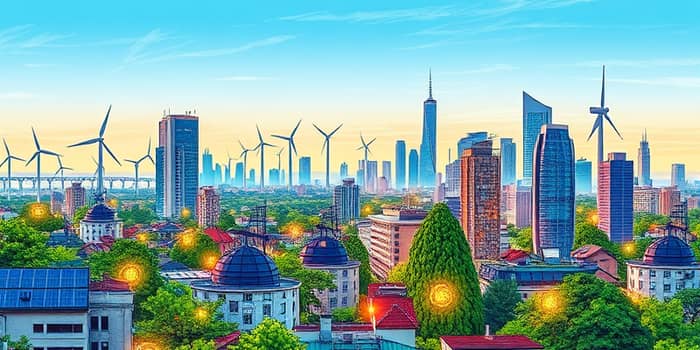
As the world grapples with climate change, urbanization, and economic volatility, sustainable infrastructure investment gap has emerged as a critical challenge and opportunity. Foreign direct investment (FDI) holds immense potential to close this gap by channeling capital into projects that deliver both financial returns and social impact. Yet recent trends reveal a complex landscape: while some regions thrive, others risk being left behind.
The global flow of FDI has experienced headwinds. In 2024, total FDI dropped by 11%, marking a second consecutive year of decline and raising alarms about funding for the Sustainable Development Goals. Despite an overall plateau in investments to developing nations, notable regional shifts underscore uneven progress.
Although some positive signs emerged in sectors like health and education, the bulk of funding drifted away from infrastructure, renewable energy, and water systems—areas vital to climate resilience and economic growth.
Understanding where FDI is headed helps stakeholders make strategic decisions. The table below highlights seven key sectors in sustainable infrastructure, their 2024 trends, and the main drivers and challenges they face.
Notably, utility-scale solar and wind projects dominated clean energy investments, while digital data centers capitalized on surging AI workloads. High-performance buildings and smart-city pilots signal growing appetite for integrated, low-carbon urban systems.
Investment flows reveal a diverging path: advanced developing countries with mature financial and regulatory frameworks attract most clean energy and digital projects. Conversely, least developed countries (LDCs) struggle under higher borrowing costs, currency volatility, and policy uncertainty.
Examples abound: a planned wind farm in Zambia was downsized, while Madagascar postponed a utility-scale solar plant. By contrast, Egypt’s landmark $35 billion project propelled its FDI to new heights. Without targeted support, LDCs risk falling further behind—undermining global climate and development goals.
To reverse current trends, stakeholders must leverage key growth drivers that make sustainable infrastructure an attractive proposition.
Despite strong fundamentals, several obstacles hinder FDI in sustainable infrastructure. The widening gap in SDG-critical sectors undermines job creation and socio-economic development. Vulnerable economies face capital shortages and competitive disadvantages. Additionally, divergent sustainability standards raise greenwashing risks.
Innovative financing—combining concessional funds, guarantees, and bond issuances—can bridge the funding gap. Development finance institutions must partner with local banks and multilateral agencies to extend credit lines and technical assistance.
Bridging a projected $3.7 trillion U.S. infrastructure funding gap by 2033 requires coordinated action. Nearly 80% of global emissions are tied to infrastructure, underscoring the imperative of redirecting capital toward low-carbon, resilient assets. Policy incentives like tax credits, carbon pricing, and streamlined permitting are vital to accelerate project pipelines.
Investors can harvest strong returns while advancing the SDGs by prioritizing projects with clear environmental and social outcomes. Governments and development agencies must harmonize sustainability metrics, bolster legal frameworks, and engage communities to ensure equitable benefits.
Ultimately, harnessing FDI for sustainable infrastructure is not merely a financing challenge—it is a moral and strategic imperative. By aligning private capital with the world’s most pressing needs, we can unlock a new era of inclusive prosperity, climate resilience, and shared progress. The time to act is now.
References













